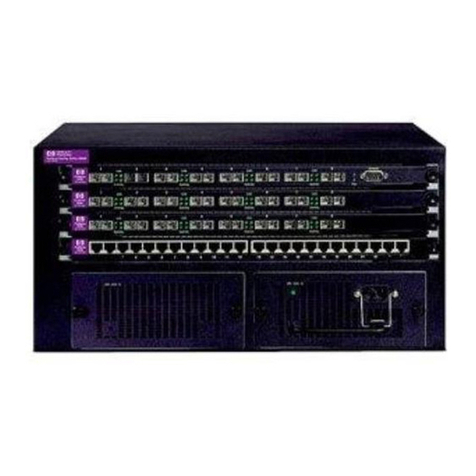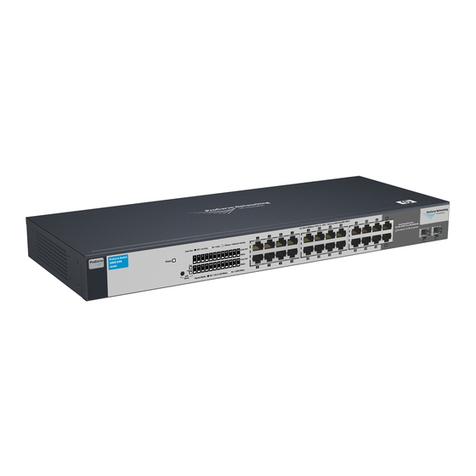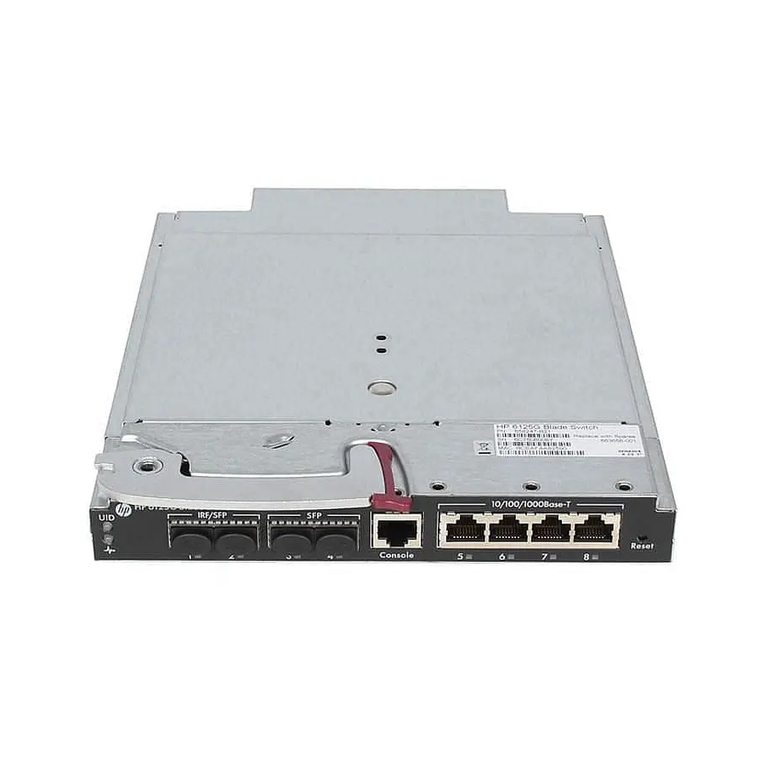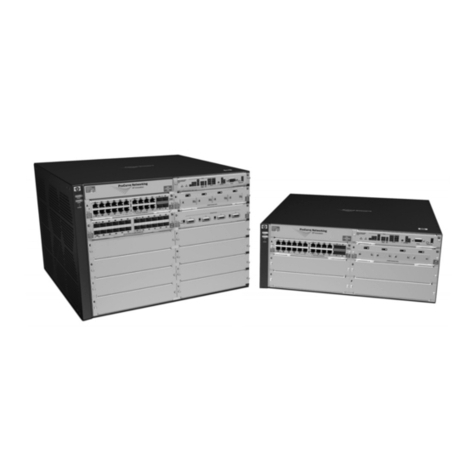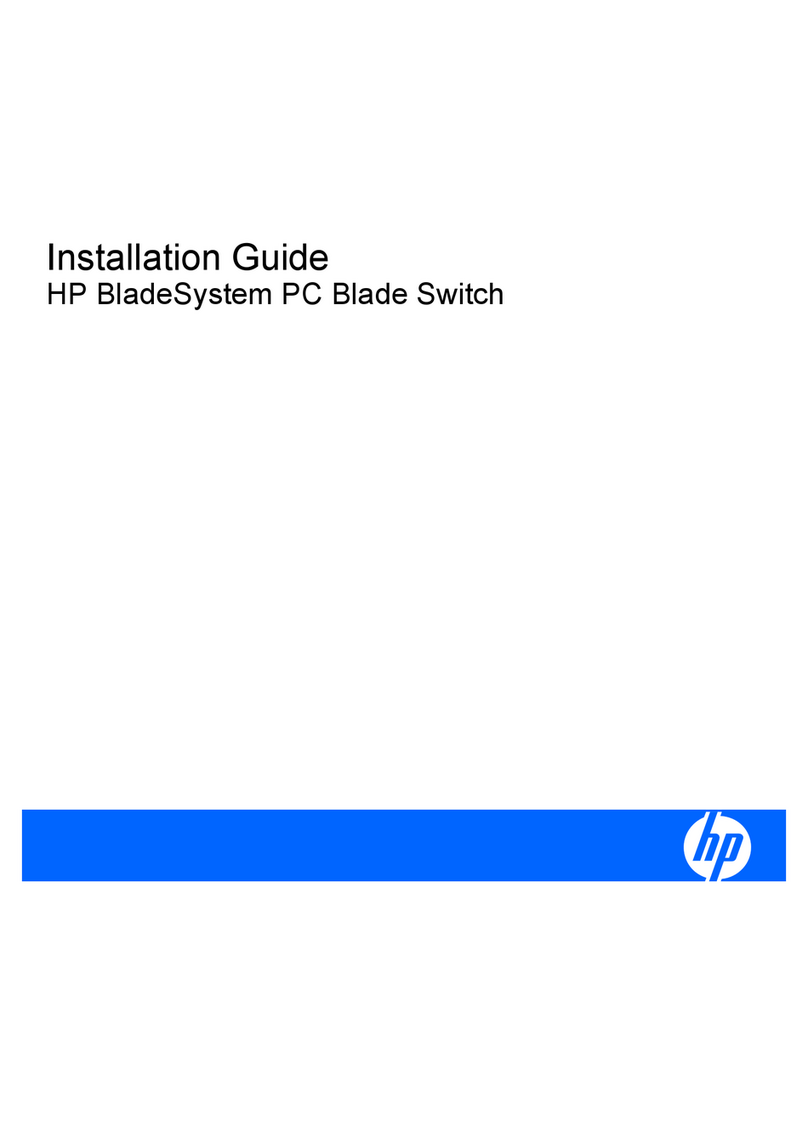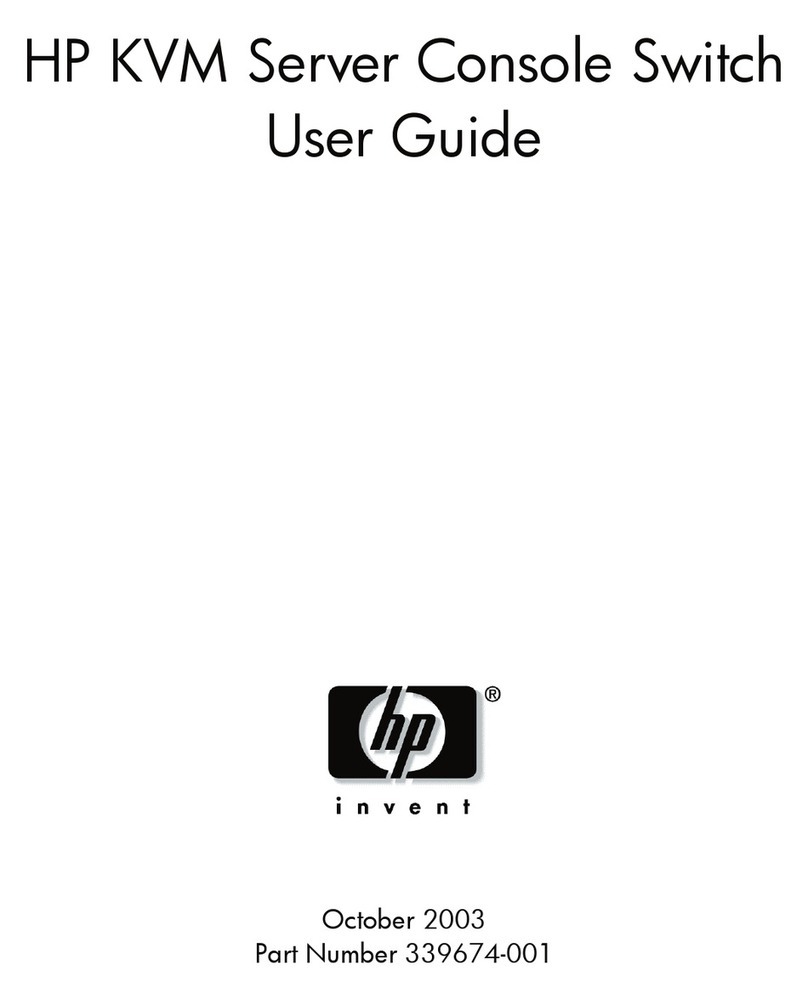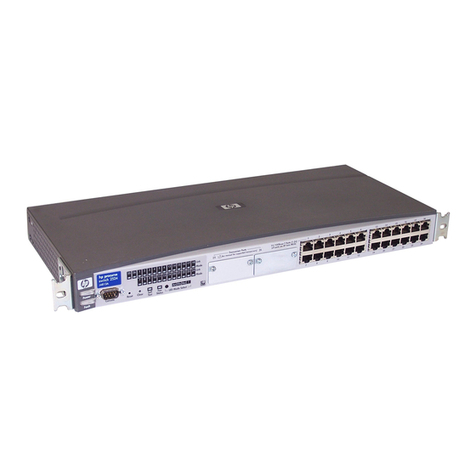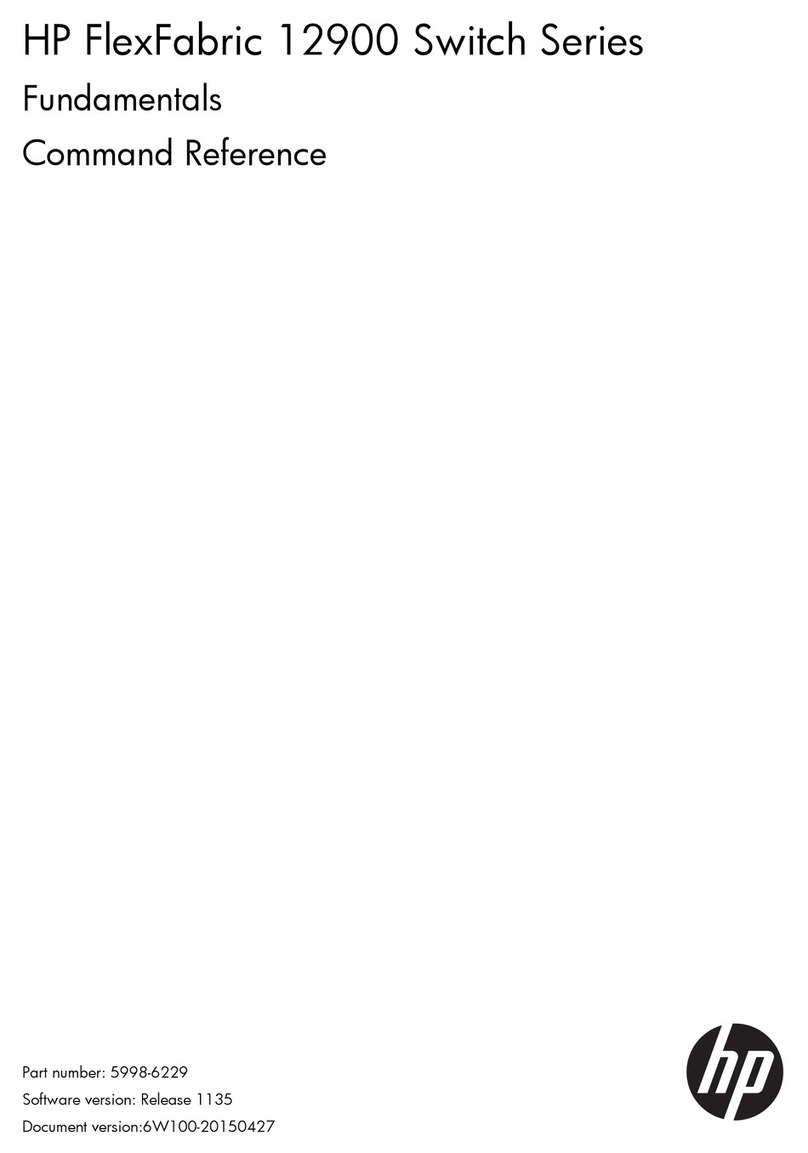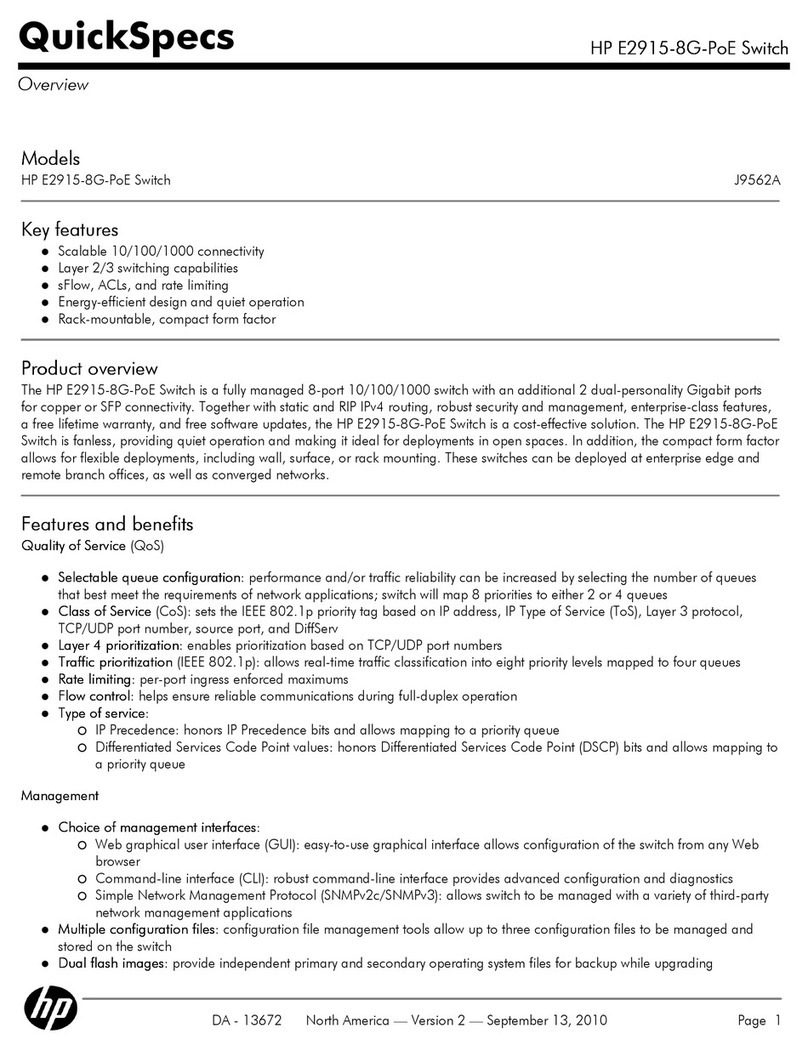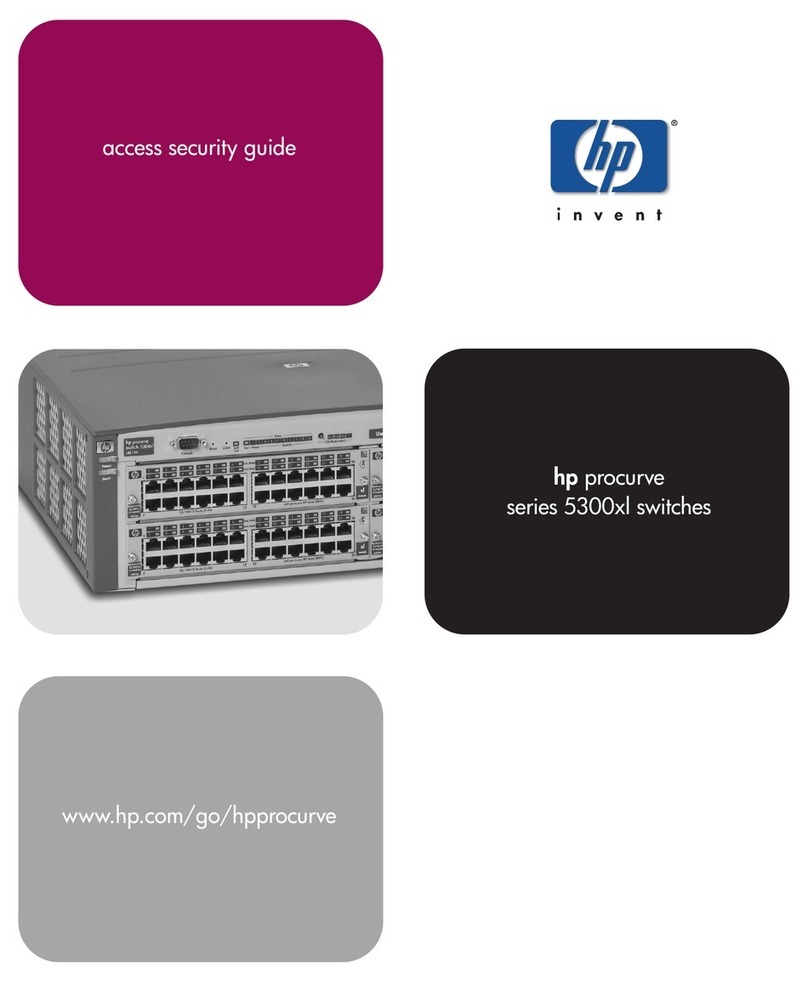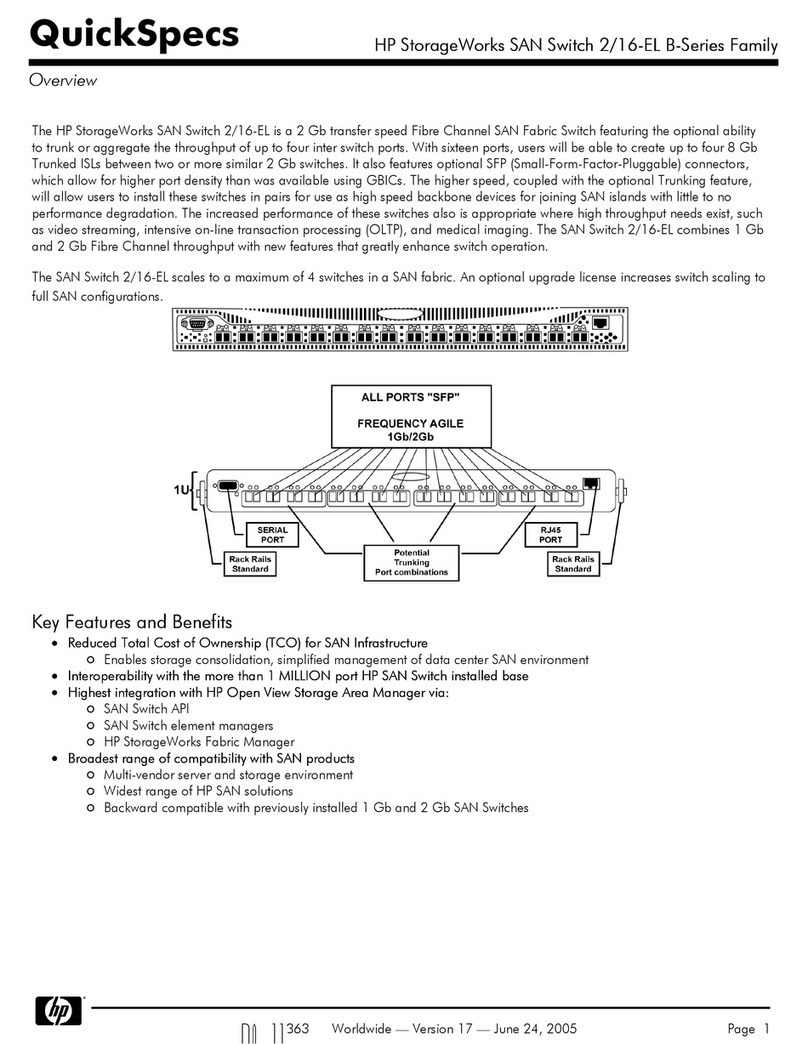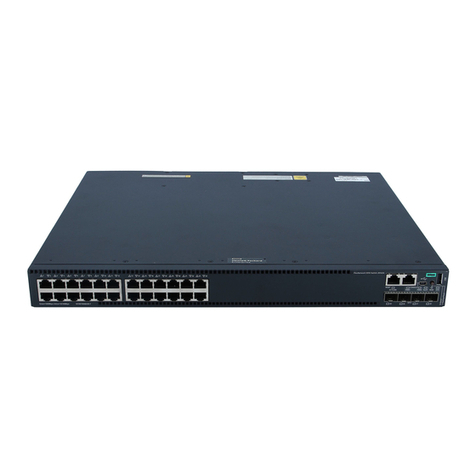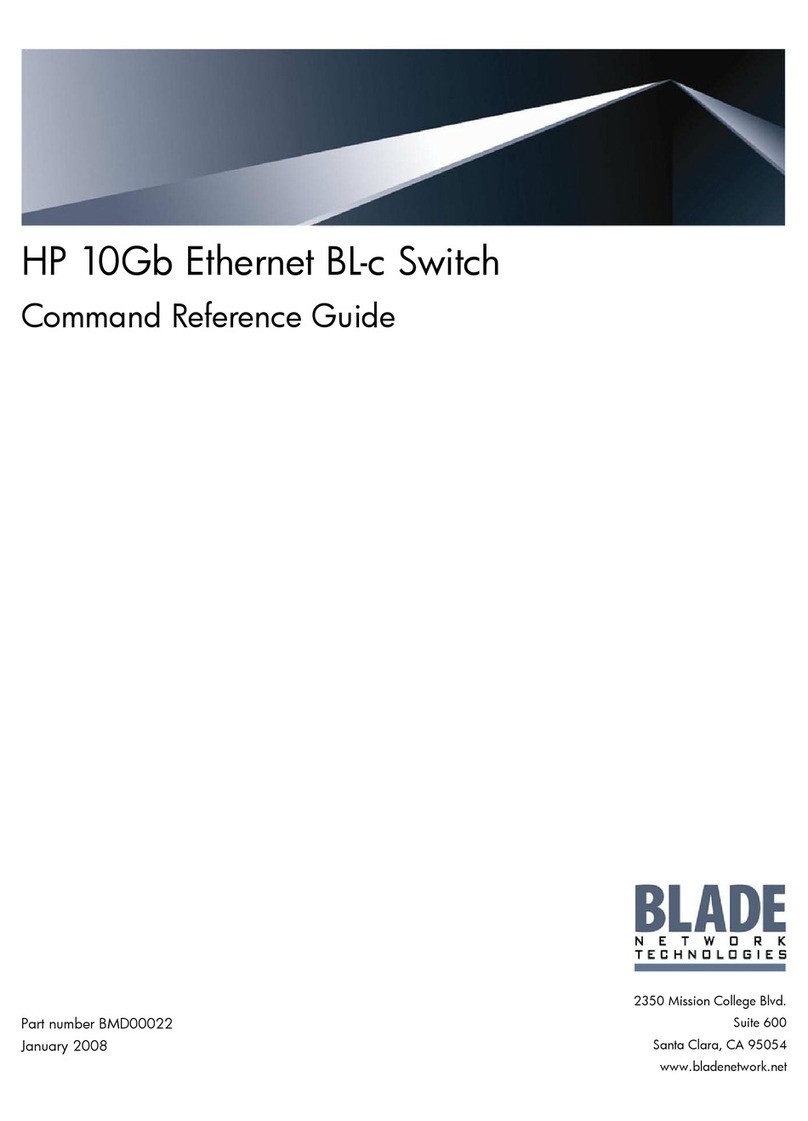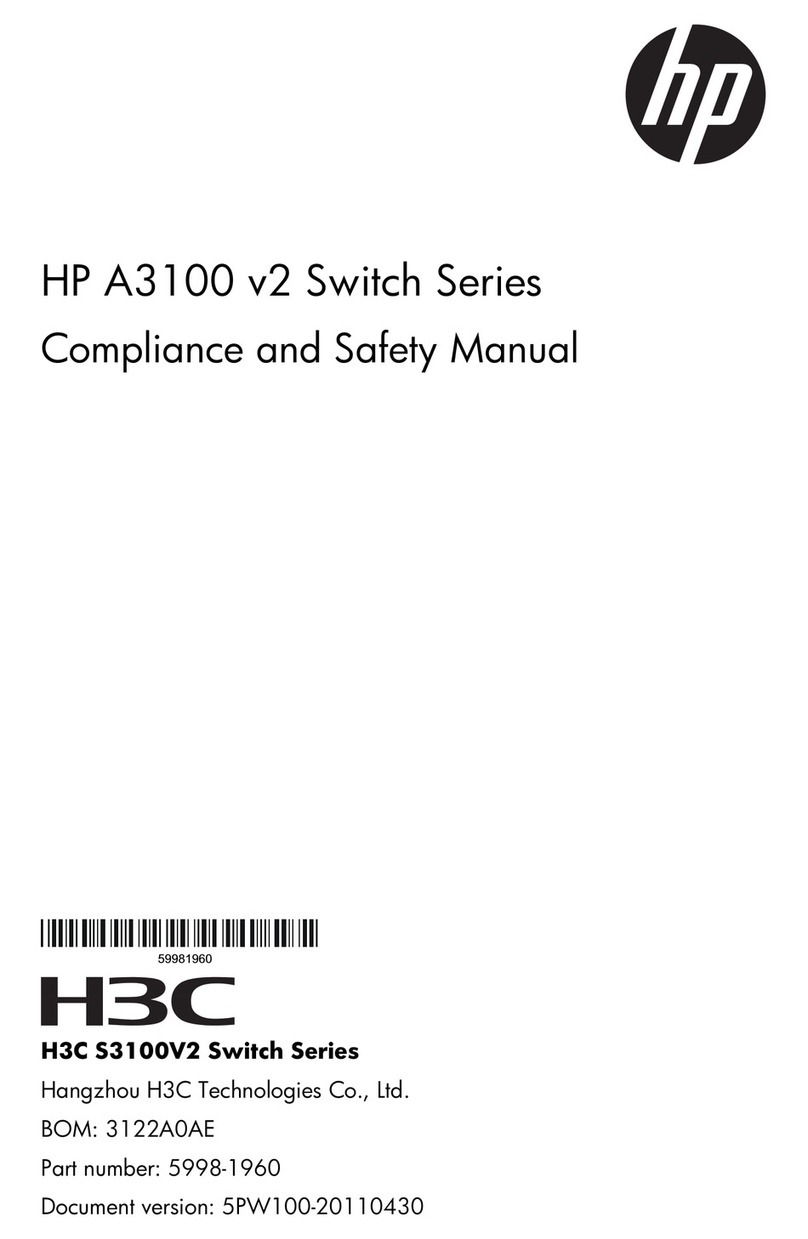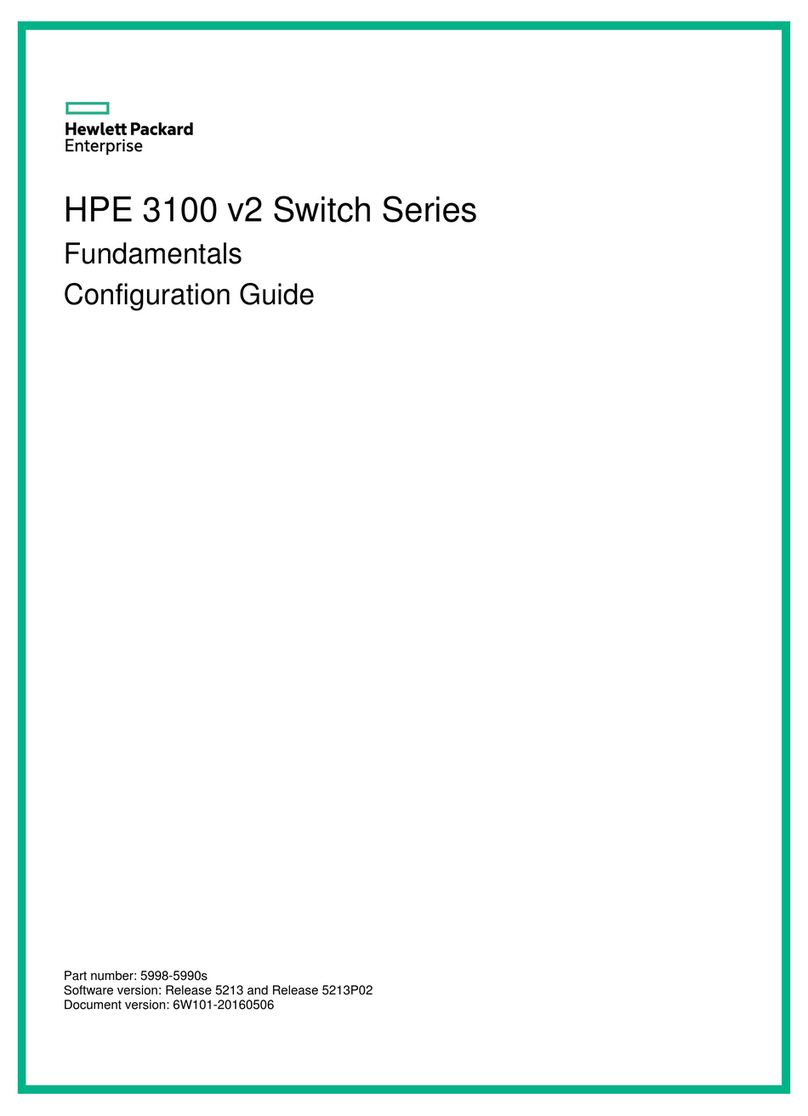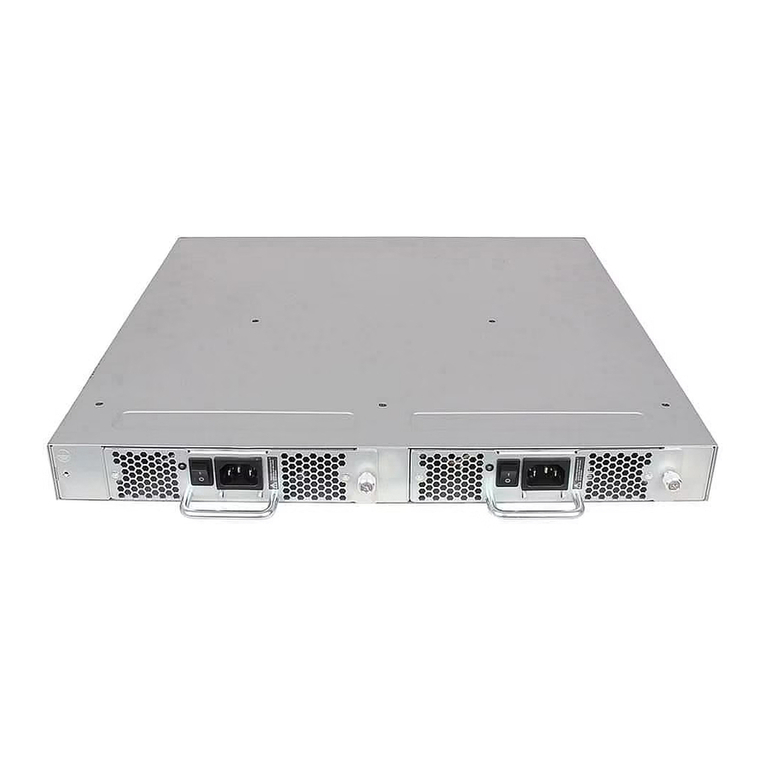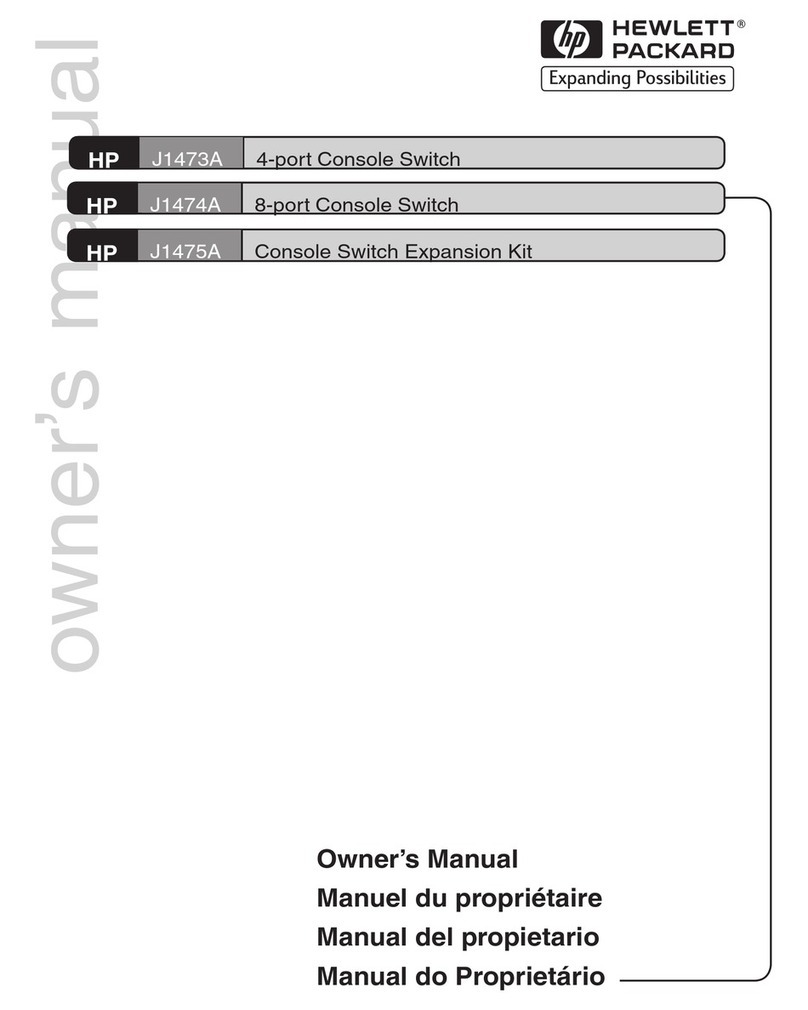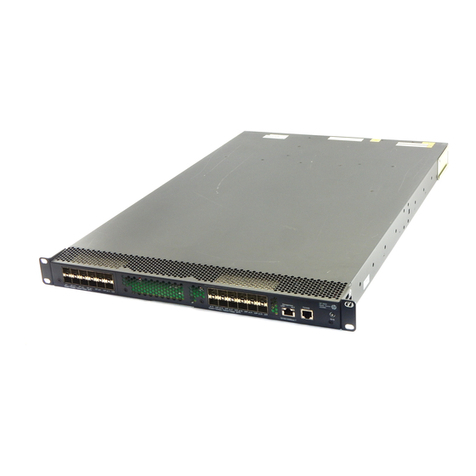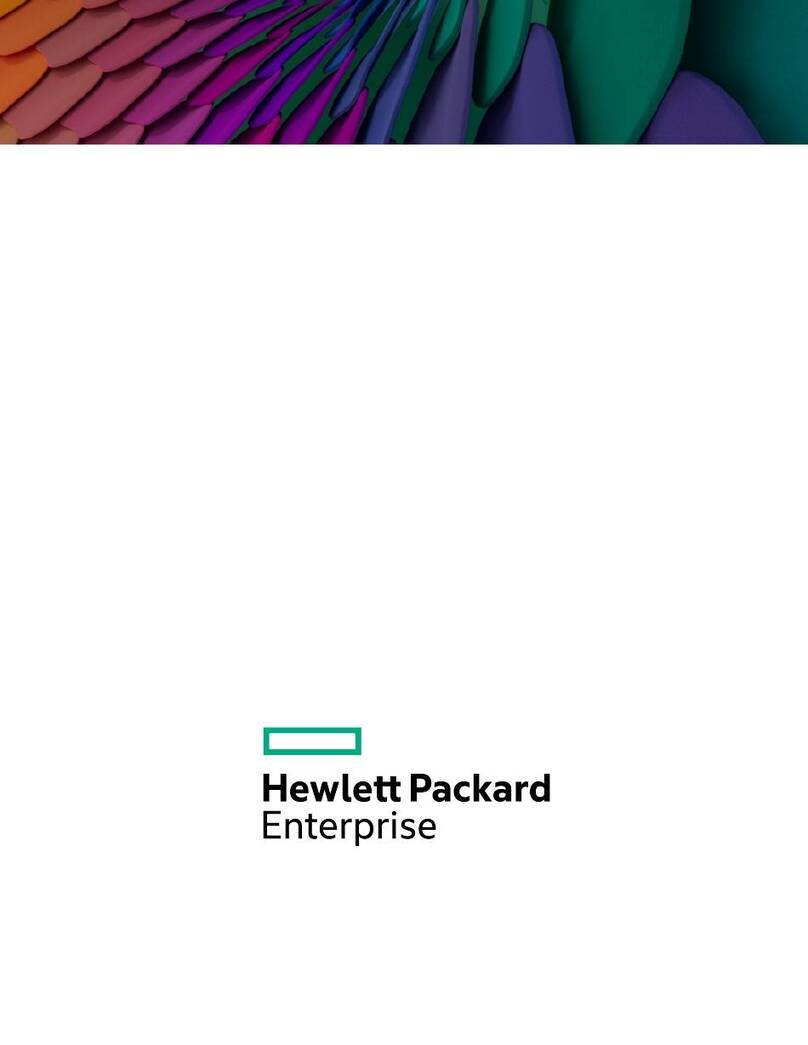
i
Contents
Setting up an IRF fabric ··············································································································································· 1
Overview············································································································································································1
Network topology ·····························································································································································2
Basic concepts···································································································································································2
IRF member roles ······················································································································································2
IRF member ID···························································································································································2
IRF port ······································································································································································2
IRF physical interface ···············································································································································2
MAD ··········································································································································································3
IRF domain ID ···························································································································································3
IRF split ······································································································································································3
IRF merge ··································································································································································4
Member priority························································································································································4
Interface naming conventions ··········································································································································4
File system naming conventions·······································································································································5
Configuration synchronization ········································································································································6
Master election··································································································································································6
Multi-active handling procedure······································································································································7
Detection ···································································································································································7
Collision handling ····················································································································································7
Failure recovery ························································································································································7
MAD mechanisms ·····························································································································································8
LACP MAD ································································································································································8
ARP MAD ··································································································································································9
ND MAD ································································································································································ 10
Hardware compatibility················································································································································· 11
General restrictions and configuration guidelines······································································································ 11
Software requirements ·········································································································································· 12
IRF physical interface requirements ····················································································································· 12
Connecting IRF ports ············································································································································· 13
Feature compatibility and configuration restrictions·························································································· 13
Configuration backup ··········································································································································· 14
Setup and configuration task list ·································································································································· 14
Planning the IRF fabric setup········································································································································· 15
Assigning a member ID to each IRF member device ································································································· 15
Specifying a priority for each member device············································································································ 16
Connecting IRF physical interfaces······························································································································· 16
Binding physical interfaces to IRF ports ······················································································································· 17
Accessing the IRF fabric ················································································································································ 19
Configuring a member device description·················································································································· 19
Configuring IRF link load sharing mode······················································································································ 19
Configuration restrictions and guidelines ··········································································································· 19
Configuring the global load sharing mode ········································································································ 20
Configuring a port-specific load sharing mode ································································································· 20
Configuring IRF bridge MAC persistence···················································································································· 20
Enabling software auto-update for software image synchronization ······································································· 22
Configuration prerequisites ·································································································································· 22
Configuration procedure ······································································································································ 22
Setting the IRF link down report delay ························································································································· 23
